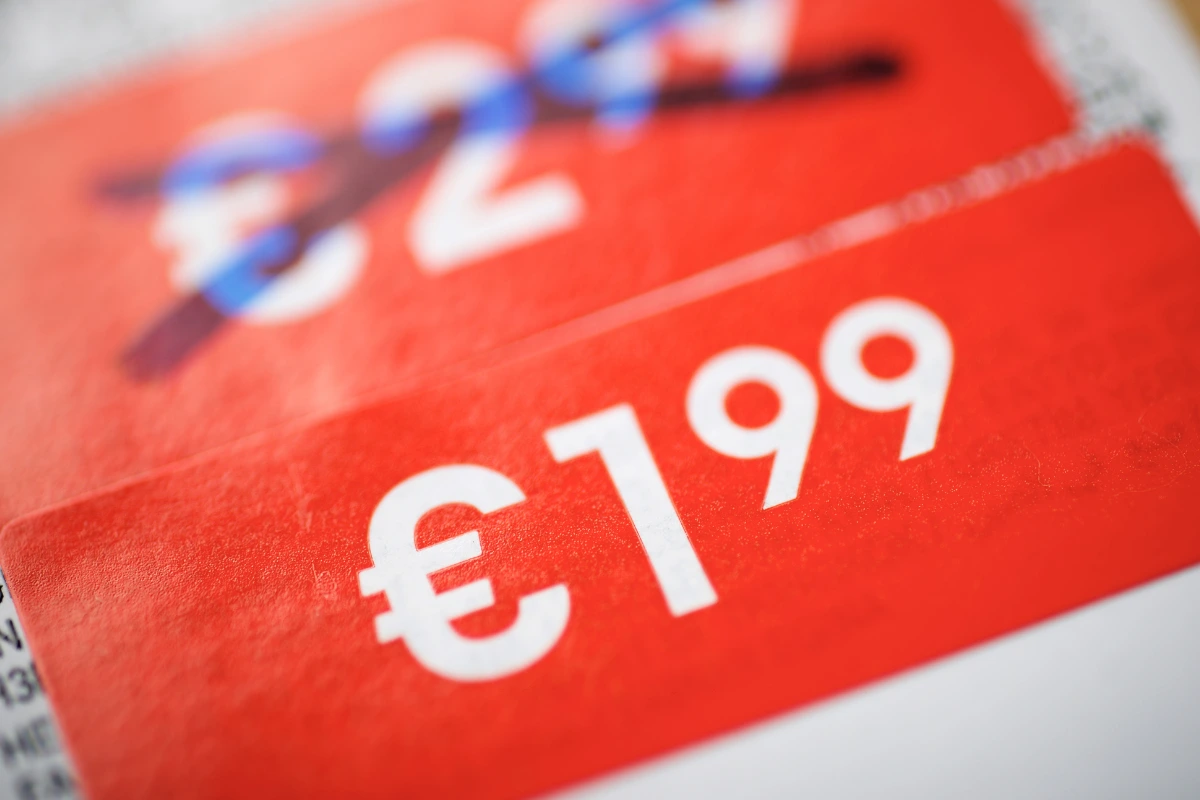Competition analysis is the cornerstone of any business strategy, helping companies better understand the market in which they operate. It enables businesses to not only identify emerging opportunities but also respond quickly to threats, optimizing marketing and sales efforts in the process. Understanding how competitors operate allows a company to tailor its offerings to customer needs more effectively and build a stronger market position. Below is a detailed step-by-step guide on how to conduct a comprehensive competition analysis.
1. Identify competitors
The first step is to thoroughly identify your competitors. It's crucial to classify them into two categories:
Direct competitors: These are companies offering similar products or services as yours. For instance, if you run a sports store, your direct competition includes other sports stores, whether in the same location or online, offering a comparable range of products.
Indirect competitors: These include companies that fulfill the same customer needs but in different ways. For example, for a sports store, indirect competitors could be gyms, which provide exercise options without requiring customers to purchase equipment, or outdoor equipment stores catering to similar customer interests.
To identify competitors effectively, use a variety of tools such as search engines, social media, industry reports, customer reviews, and your own market observations.
2. Gather information about competitors
Once you've identified your competitors, the next step is to collect key information about them. Focus on the following aspects:
Product offerings: What products and services do your competitors offer? Do they have unique features that attract customers? How does the quality of their assortment compare to yours?
Pricing strategies: What are their price points? Are they higher or lower than yours? What pricing strategies do they use, such as promotions, discounts, or loyalty programs?
Distribution channels: Where and how do competitors sell their products? Do they operate solely online, offline, or combine both? Do they also use marketplaces like Allegro or Amazon?
Marketing strategies: What marketing tools do they use? Do they focus on social media ads, SEO, paid campaigns (SEM), or influencers? What are their key advertising messages?
Customer service: What does their customer service process look like? Do they offer support via live chat, chatbots, or traditional helplines? What feedback do customers have about their service?
Reputation and customer opinions: How are they perceived by customers? You can gather opinions from Google reviews, social media, forums, or e-commerce platforms. Customer feedback provides valuable insights into the strengths and weaknesses of competitors.
3. Compare your business with competitors
With a full picture of how your competitors operate, it's time to compare their offerings with your own business. At this stage, consider key questions:
What makes your offering stand out?
Where do you see opportunities for improvement?
What aspects of your brand are unique compared to competitors?
This comparison will help you identify your strengths and areas for improvement.
4. Monitor competitors regularly
Competition analysis is an ongoing process. Markets change dynamically, and companies regularly update their offerings and strategies. Therefore, it’s essential to continuously monitor competitors' activities. You can do this by:
Following their websites and social media profiles,
Subscribing to their newsletters,
Using tools to track mentions of competitors online (e.g., Brand24, Mention),
Regularly analyzing changes in their offerings, pricing strategies, and marketing efforts.
5. Apply insights to improve your strategy
The primary goal of competition analysis is to apply insights to optimize your own business activities. With the information gathered, you can:
Adapt your offerings to meet changing market needs,
Optimize marketing efforts to reach your target audience more effectively,
Innovate your products or services to differentiate yourself from competitors,
Adjust pricing strategies to align with market realities,
Enhance customer service to meet customer expectations.
Systematic competition analysis enables a deeper understanding of the market and helps build a sustainable competitive advantage. It’s also an excellent way to discover new growth opportunities for your business. The key is to identify competitors, analyze their activities, and regularly monitor market changes. Insights gathered during this analysis are invaluable for tailoring business strategies to the ever-changing market conditions.








